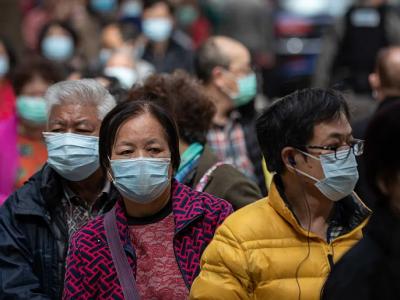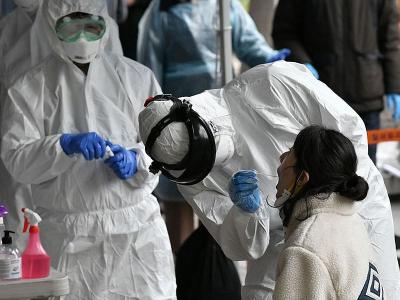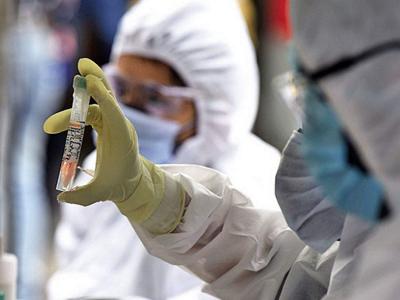New study reveals, COVID-19 virus predominantly spreads through air
By Lokmat English Desk | Published: April 16, 2021 08:48 PM2021-04-16T20:48:49+5:302021-04-16T20:48:49+5:30

A new assessment in the medical journal Lancet has found "consistent, strong evidence" that the SARS-CoV-2 virus, which causes COVID-19, is predominantly transmitted through the air.

Therefore, public health measures that fail to treat the virus as predominantly airborne leave people unprotected and allow the virus to spread, according to six experts from the UK, USA and Canada, including Jose-Luis Jimenez, a chemist at the Cooperative Institute for Research in Environmental Sciences (CIRES) and the University of Colorado Boulder.

The evidence supporting airborne transmission is overwhelming, and evidence supporting large droplet transmission is almost non-existent," Jimenez said.

"It is urgent that the World Health Organization and other public health agencies adapt their description of transmission to the scientific evidence so that the focus of mitigation is put on reducing airborne transmission."

The team of experts, led by the University of Oxford's Trish Greenhalgh, reviewed published research and identified 10 lines of evidence to support the predominance of the airborne route.

At the top of their list: Super-spreader events such as the Skagit Choir outbreak, in which 53 people became infected from a single infected case.

Studies have confirmed these events cannot be adequately explained by close contact or touching shared surfaces or objects.

Moreover, transmission rates of SARS-CoV-2 are much higher indoors than outdoors, and transmission is greatly reduced by indoor ventilation.

The team highlighted research estimating that silent (asymptomatic or presymptomatic) transmission of SARS-CoV-2 from people who are not coughing or sneezing accounts for at least 40 per cent of all transmission.

This silent transmission is a key way COVID-19 has spread around the world, "supporting a predominantly airborne mode of transmission," according to the assessment. The researchers also cited work demonstrating long-range transmission of the virus between people in adjacent rooms in hotels; people who were never in each other's presence.























